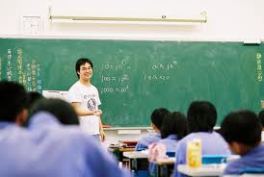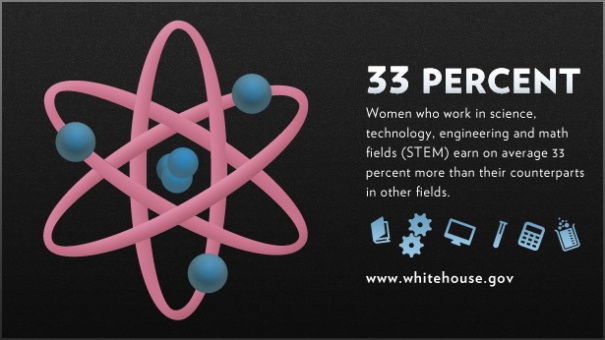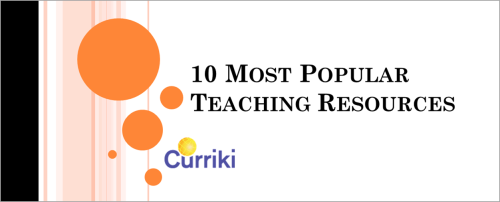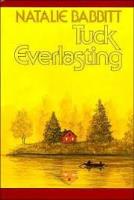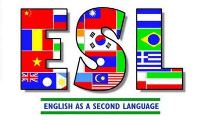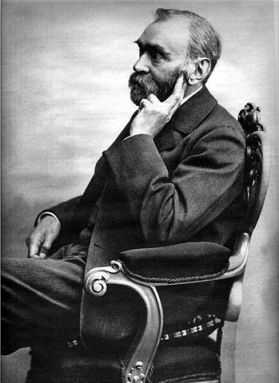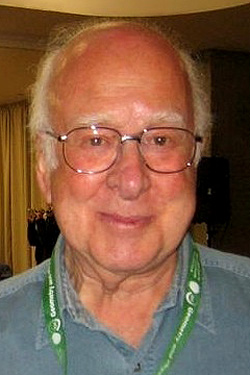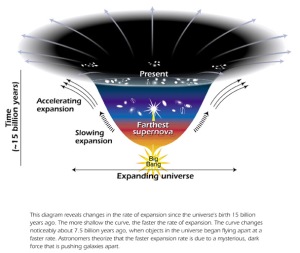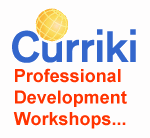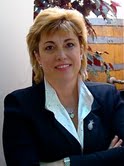 By Janet Pinto, Chief Academic Officer, Curriki
By Janet Pinto, Chief Academic Officer, Curriki
Curriki was very pleased to be in attendance on March 9th when UNESCO’s Asia and Pacific Regional Bureau for Education unveiled their report on girls and women in STEM fields, at the Bangkok Science Center for Education in Thailand.
Titled “A Complex Formula: Girls and Women in Science, Technology, Engineering and Mathematics in Asia”, the report examines the status of girls studying math, science and engineering subjects in primary, secondary, and post-secondary education, and the current state of employment for women in STEM fields. The report was based on in-depth country studies from Cambodia, Indonesia, Malaysia, Mongolia, Nepal, the Republic of Korea and Viet Nam, in conjunction with other statistics from the region. The full 122-page report is freely available here on the UNESCO Bangkok web site.
Key Findings
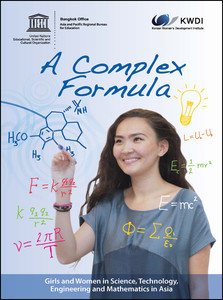
The highest level message of the report is that “early and targeted intervention through education can greatly facilitate girls’ and women’s increased participation in STEM fields”.
While there are a number of interesting variations among the 7 countries studied, substantial consistency was found across a number of key findings.
- Overall there is a shortage of talent on STEM fields in the Asia-Pacific region.
- Globally, fewer than 30% of STEM researchers are women.
- Gender differences in STEM topics become especially apparent around age 15, during secondary school education.
- The gender gap at the secondary level correlates with under-representation of women in STEM during higher education and in the workforce.
- Within the STEM fields, both in higher education and in the workforce, women tend to be found primarily in biology, chemistry and medicine.
- Women are very lightly represented in physics, engineering and computer science/IT.
- These latter fields are more math-intensive, and in school girls report more anxiety around, and lower interest levels in, mathematics.
- There are fewer female teachers in STEM, implying fewer role models for girls.
- Gender stereotypes are widespread in teaching and learning materials for STEM subjects.
Recommendations
A few of the recommendations from the report are:
“Teacher education and policies on recruitment must ensure a fair representation of both male and female teachers in all subjects, including mathematics and science, at all levels if education.
- Teacher education… should be transformed to ensure that teachers are trained in gender-responsive teaching strategies.
- Promoting more female role models in STEM, whether female teachers…female students and faculty members in higher education, and more broadly more women working in STEM fields, is an important strategy.
Curricula and learning materials should undergo further rigorous review from a gender perspective to ensure that they do not perpetuate gender stereotypes.”
Curriki is particularly interested in the last of these recommendations. We have tens of thousands of STEM materials at www.curriki.org, available for free, to support STEM education for girls and boys in Asia and around the world. We encourage you to upload STEM materials onto the Curriki web site, especially those that show equal participation of girls and boys in STEM learning roles, across the various disciplines, and that reflect both men and women as role models, equally. If you have such materials to upload, Curriki and our large, global educator and learner community will be most appreciative.






